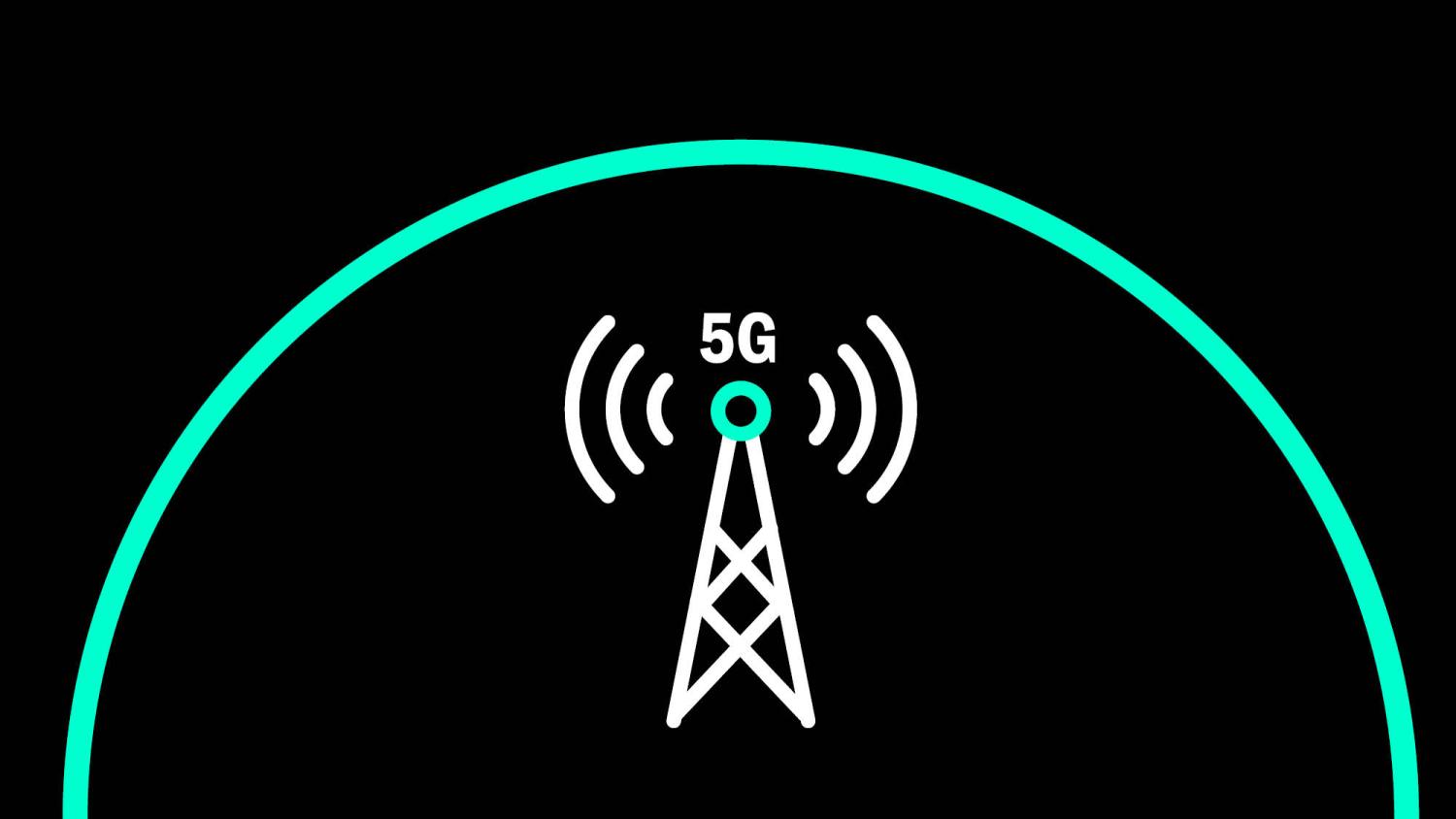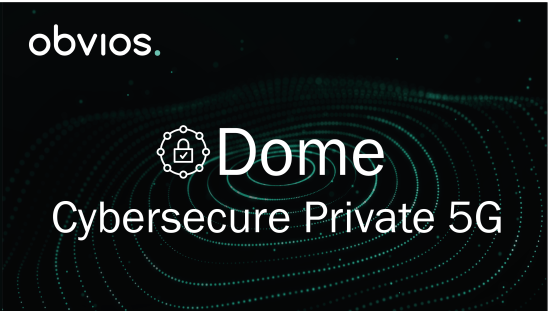
Shared equipment and capabilities with public 5G
Public 5G, fully managed by telecom operators, is an accessible solution for limited investments. The various components that make it up: network core, edge (part of the network core that ensures data transfer from terminals or users, and deployed in a distributed manner), radio access, are then shared among all the customers and subscribers of the telecom operator. However, the network coverage will be tailored to the customer's needs.
It is a solution suited for tight budgets, but it has its limits: users do not control the deployment of high points, and therefore have limited means to resolve potential problems of saturation, variable latency, diminished quality, which are often related to congestion or radio signal interference.
These public 5G network offerings are also accessible via a virtualized offer, where the operator reserves network resources for its private client. With this type of offer, the edge can either be deployed by the network user, and therefore be under their exclusive control, or deployed by the operator.
Hybrid 5G network, between public and private network
Halfway between public 5G network and private 5G network is the hybrid 5G, where a private 5G network is backed by a public 5G network. Consequently, the network user exclusively owns a radio access and an edge. Only the core network will be partly shared with other users. Depending on the type of hybridization, the network operation will be managed by an operator, or both by the operator and the user (mixed model).
Private 5G network, the solution for optimal performance
Finally, private 5G networks offer equipment and capabilities entirely dedicated to the user. The different parts that compose it are exclusive to the network user.
In this scenario, no telecom operator intervenes: the operation is managed only by the network user. It can also be entrusted to an integrator, who deploys the private 5G network and manages it on behalf of the user.
The deployment of high points, the amount of uplink traffic compared to downlink traffic, the quality of service assigned to different users, the functionalities deployed in the network can be adapted and optimized according to needs, targeted use cases, and the specificities of the industrial players.


